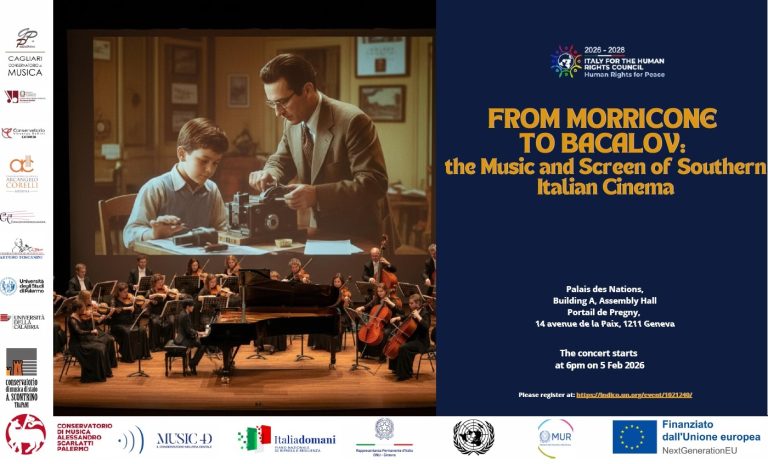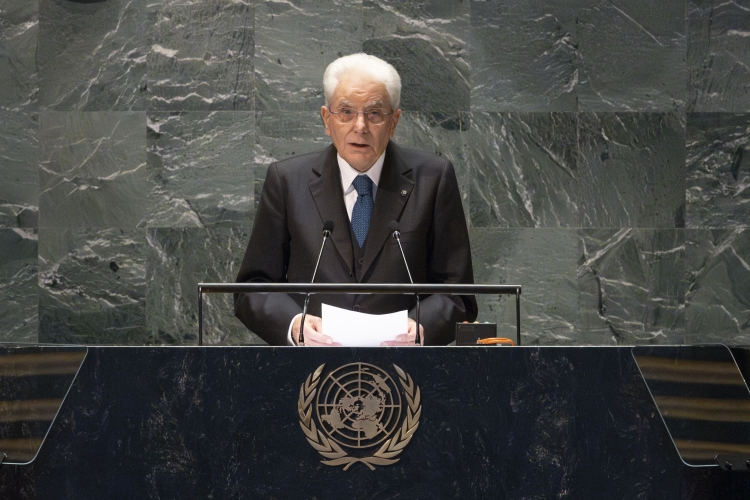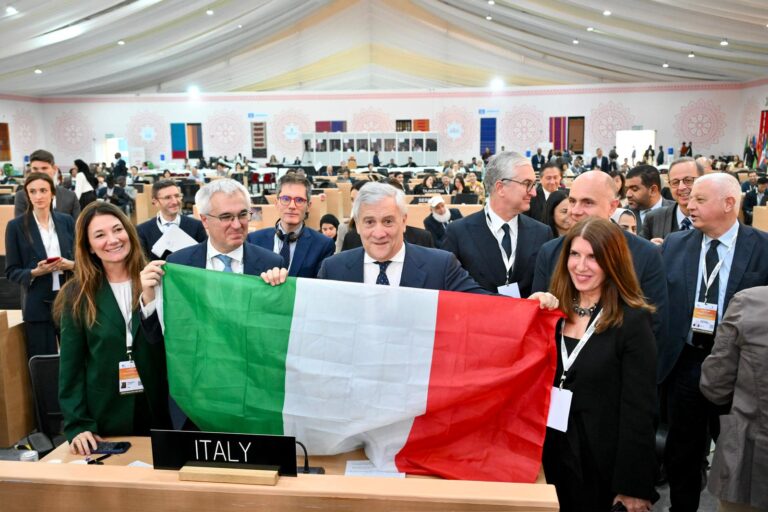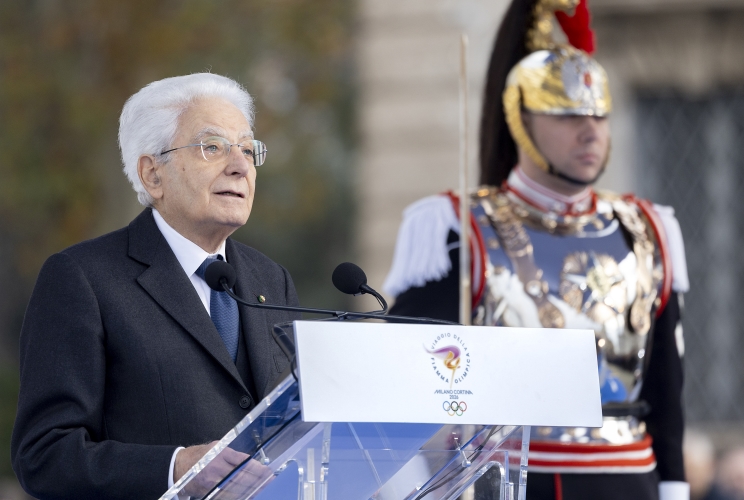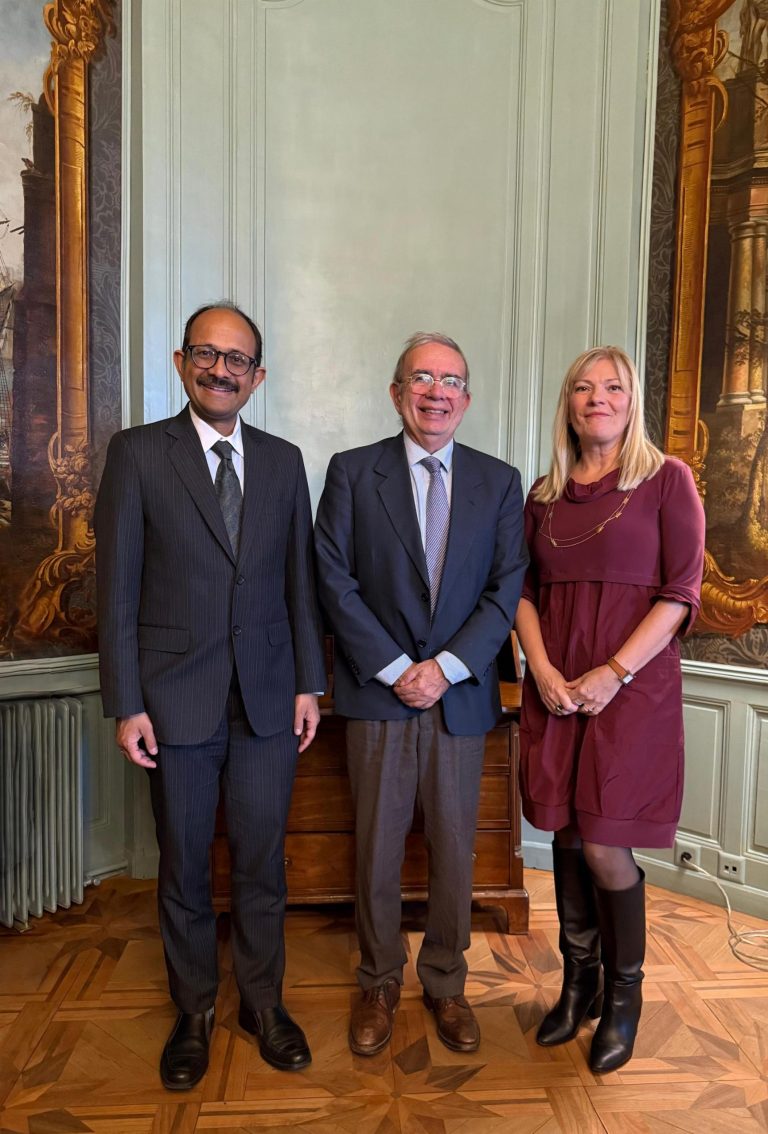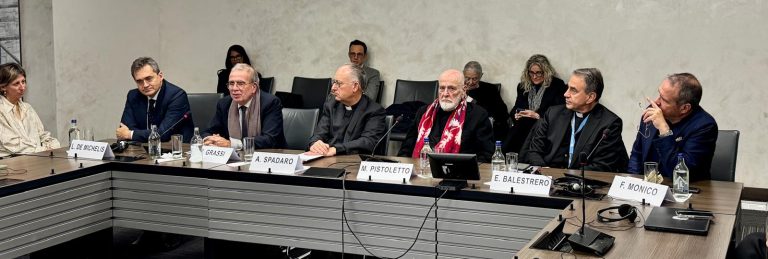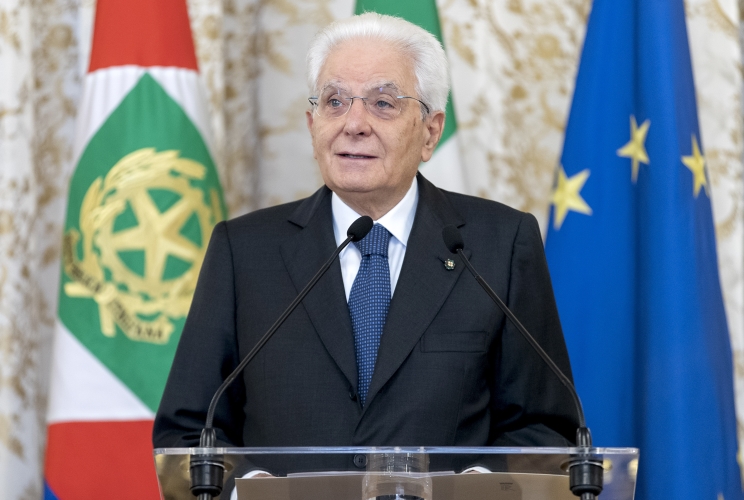The Minister of Universities and Research, Anna Maria Bernini, today visited CERN in Geneva, the world’s largest and most important particle physics laboratory, where the Higgs boson was discovered in 2012. The Centre is an international research excellence of which Italy is a founding member, thanks in particular to the decisive role played by physicist Edoardo Amaldi. Many researchers, engineers and technicians from Italian universities and the National Institute of Nuclear Physics (INFN), which coordinates Italy’s participation in the large European centre, work there. Founded in 1954, it has 23 member states. Italy is the fourth largest funder after Germany, the United Kingdom and France, and contributes more than 10% of the overall budget, with funding of around EUR 110 million per year, in addition to the strong commitment of Italian industry, which has numerous collaborations in support of research. The Centre employs more than two thousand Italians.
“I am very proud that my first visit abroad was to CERN, a place that better than any other tells the story of Italy’s research and the importance of international scientific cooperation. For the whole of Italy it is a great source of pride to be a founding member,’ said the Minister.
Welcoming Minister Bernini, accompanied by a ministerial delegation and INFN President Antonio Zoccoli, was CERN Director General Fabiola Gianotti and Director for International Relations Charlotte Warakaulle. Ambassador Vincenzo Grassi, Permanent Representative of Italy to the International Organisations in Geneva, and other scientific and institutional representatives took part in the visit. The Minister visited the laboratory where the new superconducting magnets for the High Luminosity LHC, the project to upgrade the LHC accelerator that is scheduled to come into operation in 2029, are being developed.
The visit continued to the ATLAS experiment, protagonist together with CMS of the discovery of the Higgs boson, then to the LHC tunnel and finally to the Globe, where the Minister met the Italian community.
Bernini thanked Italian researchers for the valuable work they continue to do: ‘I like to remember that it is possible to work for Italy even outside our country, as a government we are working to build a positive network of exchange that will help us improve the Italian system and strengthen our contribution to international research. The PNRR is the fundamental tool to attract researchers to Italy but also to strengthen the exchange network, to improve our universities, to increase our industrial competitiveness, and to contribute to the development and progress of the country’.
‘It was an honour to welcome the Minister to CERN today,’ commented Antonio Zoccoli, president of the INFN, ‘and a pleasure to accompany her on her visit to this extraordinary laboratory. Our country has always played a leading role in the history of CERN: in fact, it has always distinguished itself for the contribution of the highest level, both scientific and managerial, that it has been able to bring to the laboratory itself, and to all of its major scientific projects, as the career of Fabiola Gianotti testifies’.
*** Translated with www.DeepL.com/Translator (free version) ***





